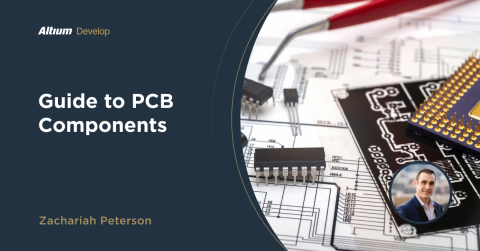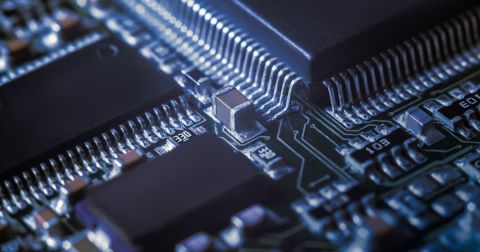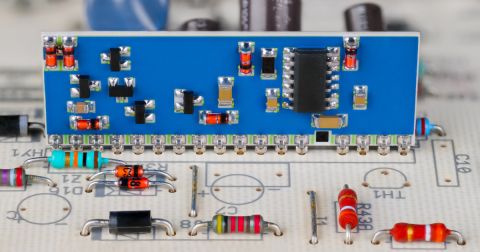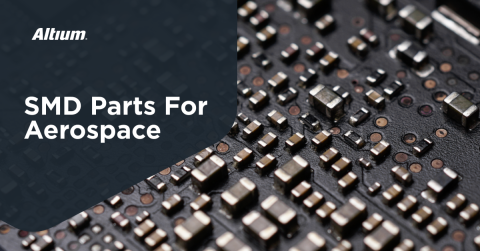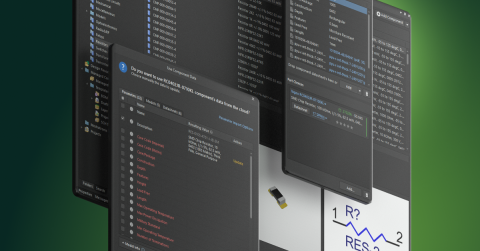Sync Your PCB Components Database With the Cloud

These days, anyone who needs to work remotely or collaborate across the globe will use some kind of cloud service to share and access important data. PCB designers need to do more than just access each other’s projects. They also need to access shared PCB component data and import it into their projects. For common PCB components that are available from multiple distributors, designers have plenty of options for finding parts data, and they can even view component supply chain information and proprietary component data within their design software's PCB component library.
Electronics companies that stock their own inventory, maintain proprietary testing data, or use an internal tracking system for supply chain visibility can use an internal database system to help them keep component inventories and electrical data in one place. This allows a company to limit their library scope only to specific approved parts only from approved vendors, which is very important in certain industries (aerospace, defense, automotive, etc.). Today, the best cloud services can integrate these data from your internal supply chain database and your PCB design software, allowing users to easily access, share, and import CAD models for limited component ranges into your PCB design documents while only displaying approved data from a proprietary database.
How PCB Designers Can Pull Data From an Electronics Database
Designers that need to work with proprietary components will need two things to keep track of stocks from approved vendors alongside proprietary component data: inventory management (or ERP) software and the PCB component library in their ECAD tools. Traditionally, these systems have not synced together, and you had two choices for getting your proprietary components into your ECAD tools:
- Use a 3rd party application to pull data from the electronic component inventory software's API into a temporary DB, then transform this data into libraries for the ECAD application or
- Pull data directly from an OLE DB server into the ECAD tools.
Traditional database sync is monodirectional; sourcing data and proprietary annotation can be pulled into the ECAD software, but electrical parameter updates applied in the ECAD software don’t sync back to the electronics database. In addition, not all ECAD applications include a feature to pull data from a remote OLE DB server into the ECAD software.
Altium 365 changes this dynamic by acting as the link between your proprietary component DB, Altium 365, and Altium Designer. Instead of taking data from an inventory management application and manually copying it into new components, Altium 365 can synchronize its PCB component data with your internal database and host your components on the cloud. A PCB designer can then import these components directly into their design projects from within Altium Designer.

The designer won’t have to create a new sync back to the original DB themselves, and they won’t have to worry about their component data going stale. Altium 365 inventory and parts data synchronization goes in both directions as well; proprietary or one-off components you created in Altium Designer can be written back to your proprietary DB using an alternative process, or you can just rely on Altium 365 to sync everything.
How Altium 365 Syncs PCB Component Data in Altium Designer and Internal DBs
The process for synchronizing an internal DB or other cloud DB with Altium 365 should be familiar to most IT professionals and matches that used in standard DB mirroring applications. There are four high-level steps:
- Create a new parts synchronization file (.PrtSync) in Altium Designer.
- Select one of your Altium 365 Workspaces as the syncing destination.
- During configuration, select columns in your DB tables to link to the relevant component parameters you want to display in Altium 365 and Altium Designer.
- Execute a one-time sync or schedule repeated syncs.
Altium 365 supports standard DB file formats, such as Access files (*.mdb), Excel spreadsheets (*.xlsx), CSV files (*csv), and server-based OLE DB interfaces (e.g., Microsoft SQL Server, Oracle, Sybase ASE, etc.). Any managed PCB projects that use data from your DB will always contain the updated, synchronized component data as long as the projects and components are hosted in the same Altium 365 Workspace. This gives your PCB design team a clear look into your internal database system within Altium Designer as they create their designs.
Once data is synced back to your Workspace, it can be viewed within Altium Designer from anywhere, or it can be viewed in a web browser through a secure portal.
Viewing PCB Components in a Web Browser
Results for an example database are shown below. Here, I’ve synced component data stored in an internal .mdb file to my Altium 365 Workspace with a .PrtSync file. When viewed in a web browser, the relevant components and data can be viewed in the Components area of my Altium 365 Workspace. The view is customizable and functions the same way as other components that are built into the Workspace. The user can display specific component parameters in a table and search through the component data, just as you would in standard cloud database management software or internal electronics database.
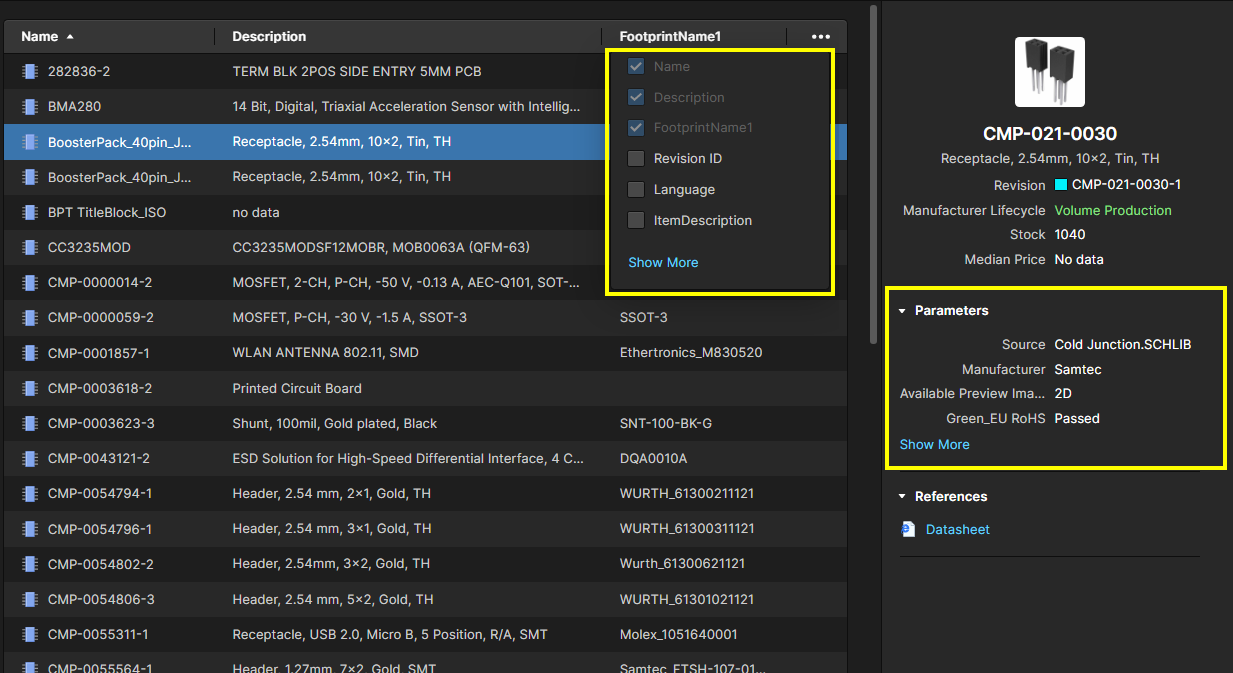
Notice that the “stock” item appears in the component information on the right. PCB designers can find the same information for other specialty parts in this list. In addition, the parts in this list could be held internally (i.e., in a company warehouse) or externally through a specialty distributor. No matter who holds the physical components, designers can view parts data within an Altium 365 Workspace as long as they can connect to the DB with parts information. The same process for accessing parts data can be used within Altium Designer.
Viewing in Altium Designer
Once you open a project in Altium Designer, you can view all components in your Altium 365 Workspace through the Components Panel. From here, an electronics designer can find components that are stored in their Altium 365 Workspace and instantly place them in schematics or the PCB layout. This panel mirrors the view of the Altium 365 Workspace through a web browser, but everything happens within Altium Designer as a project is being created.

Component data in an internal database can be synced to an Altium 365 Workspace and viewed in Altium Designer.
This information will be pulled from the data synchronized to your Workspace database, and it will match the component information in the Explorer Panel and in the web viewer instance of your Altium 365 Workspace. These important pieces of information can then be taken back into your BOM using an OutJob file when creating your deliverables, or while inspecting the final BOM in an ActiveBOM document.
Custom Parts Solutions in ActiveBOM
Once inventory and proprietary component data in your DB are synced to your Altium 365 workspace, you can display these data as a custom solution in an ActiveBOM document. When any of your custom parts are added to a design, ActiveBOM will display your internal proprietary component data in the same view as external distributor information. This is a simple way to call out proprietary parts, or mark required purchases from specialty parts suppliers.
If you are working only from a group of approved suppliers, company internal inventory, or an unlisted supplier, it's possible to create a Custom Supplier as a part choice in ActiveBom which is linked to your proprietary component database. By creating this link, it's possible to limit your sourcing scope only to internal inventory or approved suppliers when creating a design and preparing the BOM.
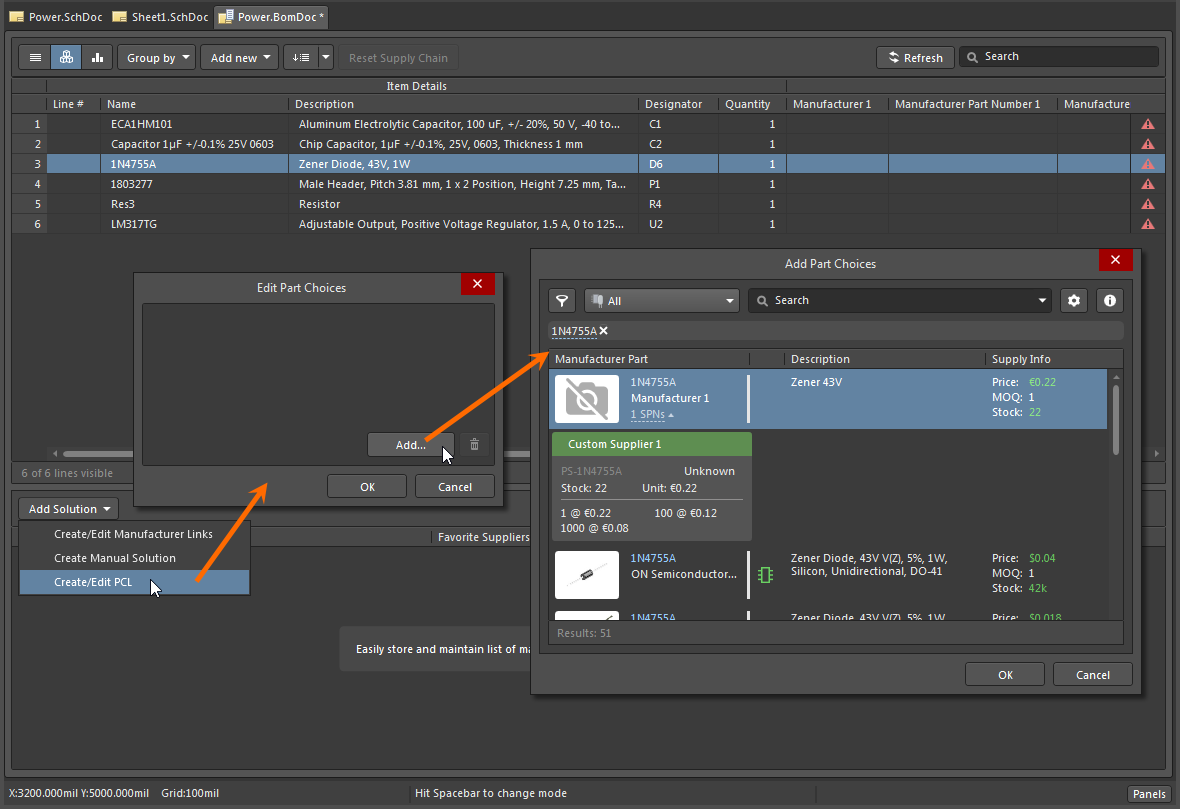
By syncing component data from an internal DB to your Altium 365 Workspace, you get all the benefits of your internal inventory management software, but your data will be accessible in a cloud-based platform. Best of all, all the data in your Altium 365 Workspace (including your DB data, libraries, projects, and managed) is accessible within Altium Designer. It’s also shareable with 3rd parties, such as your customers, external designers, and manufacturers.
Today’s PCB manufacturers and PCB designers can work together to get through production quickly, reduce defects, and streamline sourcing thanks to the Altium 365 platform. This unique cloud-based platform integrates with the world-class design tools in Altium Designer, making all your project data accessible to your manufacturer and collaborators in a secure environment. Designers and manufacturers can share PCB fabrication data, project files, and much more in a cloud-based platform.
We have only scratched the surface of what is possible to do with Altium Designer and Altium 365. You can check the product page for a more in-depth feature description or one of the On-Demand Webinars.


